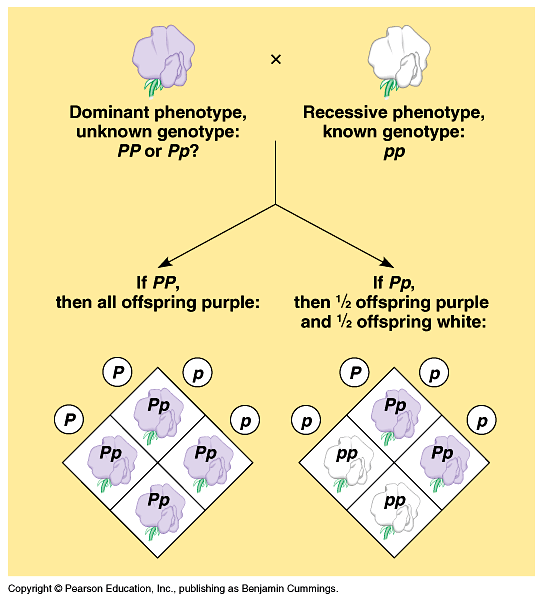
/heterozygous_genotype-750315a404c94f7c81cf2ba93939bf21.jpg)
Indeed, in a few examples, a trait that shows overdominance sometimes confers a survival advantage in the heterozygote (Parsons & Bodmer, 1961).Ī well-known example of overdominance occurs in the alleles that code for sickle-cell anemia. In particular, the phenomenon known as overdominance occurs when a heterozygote has a more extreme phenotype than that of either of its parents.

In some instances, offspring can demonstrate a phenotype that is outside the range defined by both parents.

All of these heterozygote genotypes demonstrate the coexistence of two phenotypes within the same individual. Of course, in this system, AB is not the only heterozygote people may also be AO or BO. Therefore, this AB phenotype is not an intermediate of the two parental phenotypes, but rather is an entirely new phenotype that results from codominance of the A and B alleles. In people with type AB blood, both A and B proteins are expressed on the surface of red blood cells equally. Thus, if one parent is homozygous for type A blood and the other is homozygous for type B, the offspring will have a new phenotype, type AB. How does this happen? To understand why this occurs, first note that the A and B alleles code for proteins that exist on the surface of red blood cells in contrast, the third allele, O, codes for no protein. Table 1: Possible ABO Genotypes Blood TypeĪs Table 1 indicates, only four phenotypes result from the six possible ABO genotypes. These alleles segregate and assort into six genotypes, as shown in Table 1. There are three common alleles in the ABO system. In a hospital setting, attention to the blood proteins present in an individual's blood cells can make the difference between improving health and causing severe illness. Many blood proteins contribute to blood type (Stratton, 1952), and the ABO protein system in particular defines which types of blood you can receive in a transfusion.

An example of codominance occurs in the human ABO blood group system. Indeed, "codominance" is the specific term for a system in which an allele from each homozygote parent combines in the offspring, and the offspring simultaneously demonstrates both phenotypes. In other words, nothing is different about the way these alleles are inherited the only difference is in the way the alleles determine phenotype when they are combined.Īs opposed to partial dominance, codominance occurs when the phenotypes of both parents are simultaneously expressed in the same offspring organism. Note, however, that partial dominance is not the same as blending inheritance after all, when two F 1 pink flowers are crossed, both red and white flowers are found among the progeny. Thus, when homozygous red flowers (A1A1) are crossed with homozygous white (A2A2), a variety of pink-shaded phenotypes result. In Figure 1, for example, neither flower color (red or white) is fully dominant. Although the offspring may show a variety of phenotypes, each one will lie along a continuum bracketed by the homozygous parental phenotypes. When partial dominance occurs, a range of phenotypes is usually observed among the offspring. This intermediate phenotype is a demonstration of partial or incomplete dominance. However, sometimes the heterozygote displays a phenotype that is an intermediate between the phenotypes of both homozygote parents (one of which is homozygous dominant, and the other of which is homozygous recessive). Complete dominance occurs when the heterozygote phenotype is indistinguishable from that of the homozygous parent. Dominance affects the phenotype derived from an organism's genes, but it does not affect the way these genes are inherited.


 0 kommentar(er)
0 kommentar(er)
